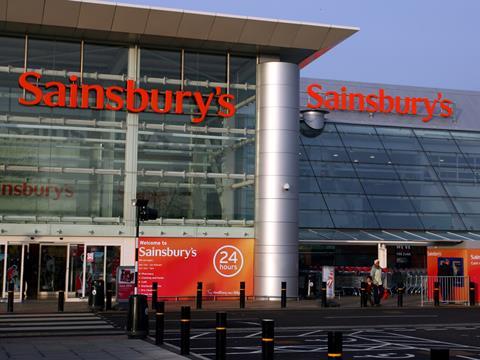
Ken Perkins, Morningstar
“We do not expect to make a material change to our 270p fair value estimate (which calls for 2% annual sales growth and 2.7% operating margins over the long term) for J. Sainsbury after reviewing the company’s third-quarter sales results, which were mostly as expected. The bigger news in the firm’s trading update was Sainsbury’s slide deck outlining its interest in Home Retail Group; based on management’s commentary, we now see a reasonably high likelihood of Sainsbury working to get a deal done with Home Retail Group in the near future.
Bruno Monteyne, Bernstein
“These results are good, beating consensus and the previous quarter, but will likely seem somewhat mundane following the Morrisons report (+ve like for likes). However Sainsbury’s continues to make good progress on its strategy with even more focus in these results on how it can differentiate itself from the discounters (online, quality, execution and non-food). The focus, however, will likely remain on the potential acquisition of Home Retail and how this changes the story for Sainsbury’s.”
John Ibbotson, Retail Vision:
“It says much about the state of the Big Four that such modest performance should be regarded as a triumph. Yet for Sainsbury’s to be losing sales at a slower rate than many of its big rivals is still an achievement. While sales and profits are down on the same time last year, both volume and market share are up – showing that Sainsbury’s is adapting better than most to the current environment.”
David McCarthy, HSBC
The implication of these figures is that grocery sales in core stores appear to be down by more than c2%. This is a worry, for Sainsbury and for all companies suffering similar dynamics as costs continue to rise, not least labour and occupancy costs. Food retailing is a highly operationally geared industry and falling sales and rising costs is a challenging combination… We expect further retail profit declines for the next two years, which is only slightly worse than management’s previous comment that it expects margins to “crab sideways” for the next few years. All in all Sainsbury remains under pressure in a difficult industry, which is likely to get tougher if Tesco’s recovery gains momentum.
Darren Shirely, Shore Capital
“Whilst the ex-fuel figure was more or less in line, given the good performance from the general merchandising (+5%) and clothing (+6%) divisions of the company (with total non-food said to be ahead c5%), and taking into account the application of VAT on these products, our analysis suggests that Sainsbury’s ex-VAT food LFL sales were a little weaker at -1.0% to -1.25%, noting that management in the statement highlights a number of festive food successes. Such a performance would put Morrisons’ 0.2% positive LFL sales for the nine-week period in an even better light and perhaps suggest that Tesco may also do a little better in grocery than our minus 2.0% expectation.
Himanshu Pal, Kantar Retail
Sainsbury’s results will do nothing to convince shareholders to stump up cash for its proposed bid for the Home Retail Group. While the takeover makes sense at a strategic level, these results show that there are more pressing needs for investment. Not least of these is to fund a price war to defend and grow its market share. Asda has already announced a £500m price investment on top of its £1bn of cuts in November 2013 and other grocers will follow suit.
In addition, shareholders will question the wisdom of investing £1bn on a takeover of the Home Retail Group when the immediate threat is from discounters. Sainsbury’s partnership with Netto in the north of England has proved to be a successful alliance in the war against Aldi and Lidl and shareholders are more likely to push for more resources directed to that front in the form of new store openings.



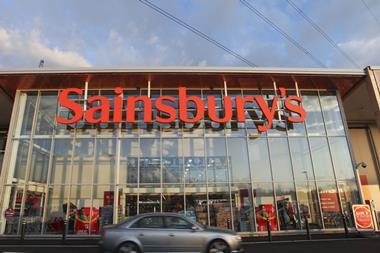
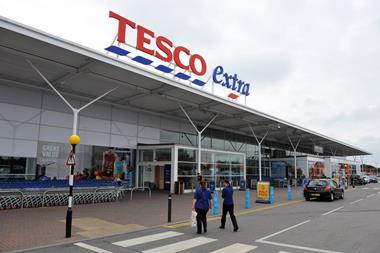
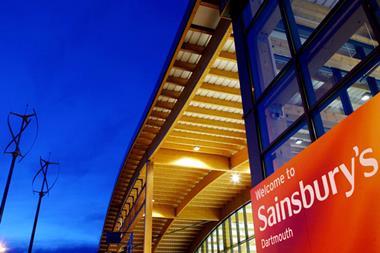

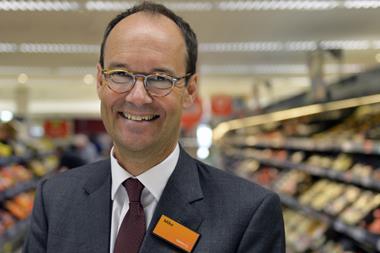



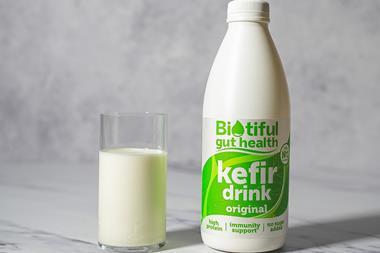

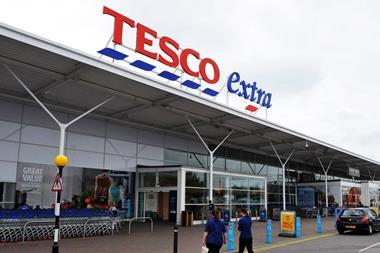

No comments yet